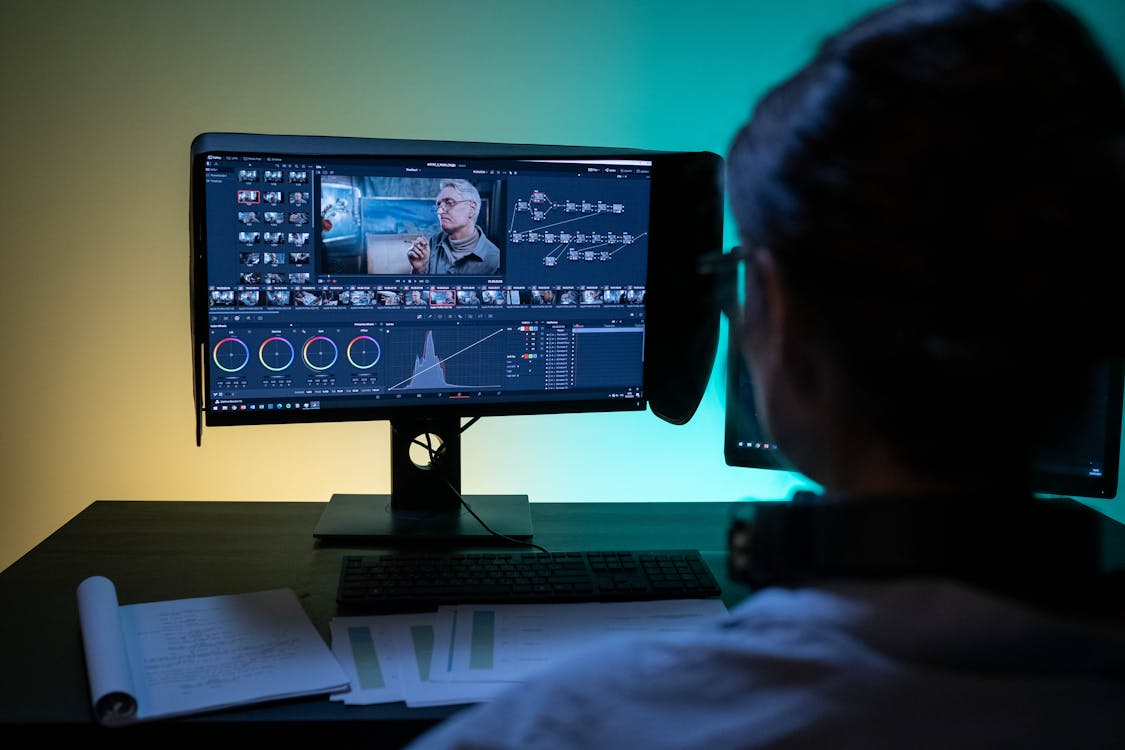In the vast landscape of digital entertainment, gaming has transcended mere pastime to become a global cultural phenomenon. From indie developer creations to epic blockbusters from major studios, game content is reaching and connecting players worldwide at an unprecedented pace. However, to truly globalize, simply creating a great game isn't enough. Game document translation plays an indispensable role, acting as a key to unlocking new markets, enhancing player immersion, and ultimately driving global gaming market expansion.
The essence of a gaming experience lies in its immersion. Players want to be fully absorbed in the game world, understand character motivations, and feel the ebb and flow of the narrative. Language, without a doubt, is a core element in building this immersion. If game text translations are stiff, unnatural, or full of cultural misfits due to direct translation, players will quickly be pulled out of the experience, thus ruining the overall enjoyment. Therefore, cultural adaptation is paramount in game translation. This isn't just about lexical translation; it's about deep cultural understanding and recreation. An excellent localization team meticulously considers the target market's cultural background, customs, slang, sense of humor, and even local pop culture elements, striving to make the translated content feel as if it were custom-made for local players. For instance, a joke that is widely accepted in Western culture might fall flat in an Asian market, or even cause misunderstanding. Character names, place names, item descriptions, and even the textual layout within visual elements in the game, all require careful cultural consideration to achieve a truly seamless, immersive experience. It's like reshaping the soul of the game to ensure it thrives in different cultural soils.
Game document translation faces challenges that extend far beyond those of ordinary text translation. Among these, the translation of idiomatic expressions and humor is notoriously difficult. Idioms are products of specific cultures and languages, and their meanings often cannot be inferred from their literal words. Game plots and character dialogues often incorporate a significant amount of slang, puns, and context-specific humor. If mishandled, this content can completely lose its original charm. Furthermore, game translation must contend with several other challenges. Games might reference historical events, folklore, or pop culture symbols unique to a particular country, which may be unknown in other cultures and require explanation or substitution. If a game includes voice acting, translation also needs to consider lip-syncing issues, requiring the translated text's length and rhythm to match the original audio. Additionally, specialized terms, skill descriptions, and item functions within the game must accurately convey their purpose and effect, demanding that translators have a deep understanding of the game itself. Finally, differences in text length across languages can pose layout challenges; for instance, translated text in some languages can be significantly longer than the original, which needs careful management in UI design. Solving these challenges often requires translators to possess profound linguistic skills, high sensitivity to the target culture, and a deep understanding of the game genre and content itself. Sometimes it even requires "transcreation," which is more than just translation; it's a creative adaptation based on the target market's cultural characteristics to achieve the same emotional impact or humorous effect as the original.
Game document translation is a core component of game localization, and its role is indispensable, especially when entering major gaming markets. Taking Japan and Europe as examples, the Japan Market has extremely high demands for game quality and localization levels. Not only text translation, but also UI design, font selection, voice-acting style, and even the overall atmosphere of the game need to align with Japanese players' aesthetics and habits. Excellent Japanese localization can significantly increase a game's acceptance in the Japanese market. The European Market is a multilingual region, and successful entry often means localizing the game into multiple languages, including German, French, Spanish, Italian, and others. Each European country has its unique culture and market preferences. Providing high-quality localization for each major language is a prerequisite for opening the door to the European market. Beyond these regions, emerging gaming markets like South Korea, China, Brazil, and Russia also have increasing demands for high-quality localization. For these markets, deeply understanding the local player base and providing translations that align with their cultural and linguistic habits are key to a game's successful launch and long-term operation.
The global gaming industry continues to grow at an astonishing rate. According to data from market research firms like Newzoo, the global gaming market size has reached hundreds of billions of dollars and is projected to maintain strong growth in the coming years. One of the main drivers of this growth is the rise of emerging markets and the continuous expansion of the global player base. Game translation plays a central driving role in this growth. Without high-quality localization, game companies would be unable to effectively reach these diverse global players. Translating games into multiple languages directly expands the potential player base, allowing games to enter previously untapped markets. Fluent and culturally appropriate translations can significantly enhance the player's gaming experience, leading to better user reviews and word-of-mouth spread, which is crucial for a game's long-term lifecycle. The influx of more players and a better gaming experience ultimately translates into higher game sales, in-app purchases, and subscription revenues, thereby increasing revenue for game companies. When a game company consistently delivers high-quality localized products, it also builds trust and loyalty in the hearts of global players, thus building strong brand loyalty. It's safe to say that game translation is no longer just a post-launch step but a strategic component that runs through the entire game development, testing, marketing, and operational process. Investing in professional game document translation is investing in a game's global success and long-term growth.
Your game deserves to be heard by the world. Artlangs Translation, driven by a passion for gaming and the art of professional linguistics, helps you transcend cultural boundaries. Contact us today for more information!











